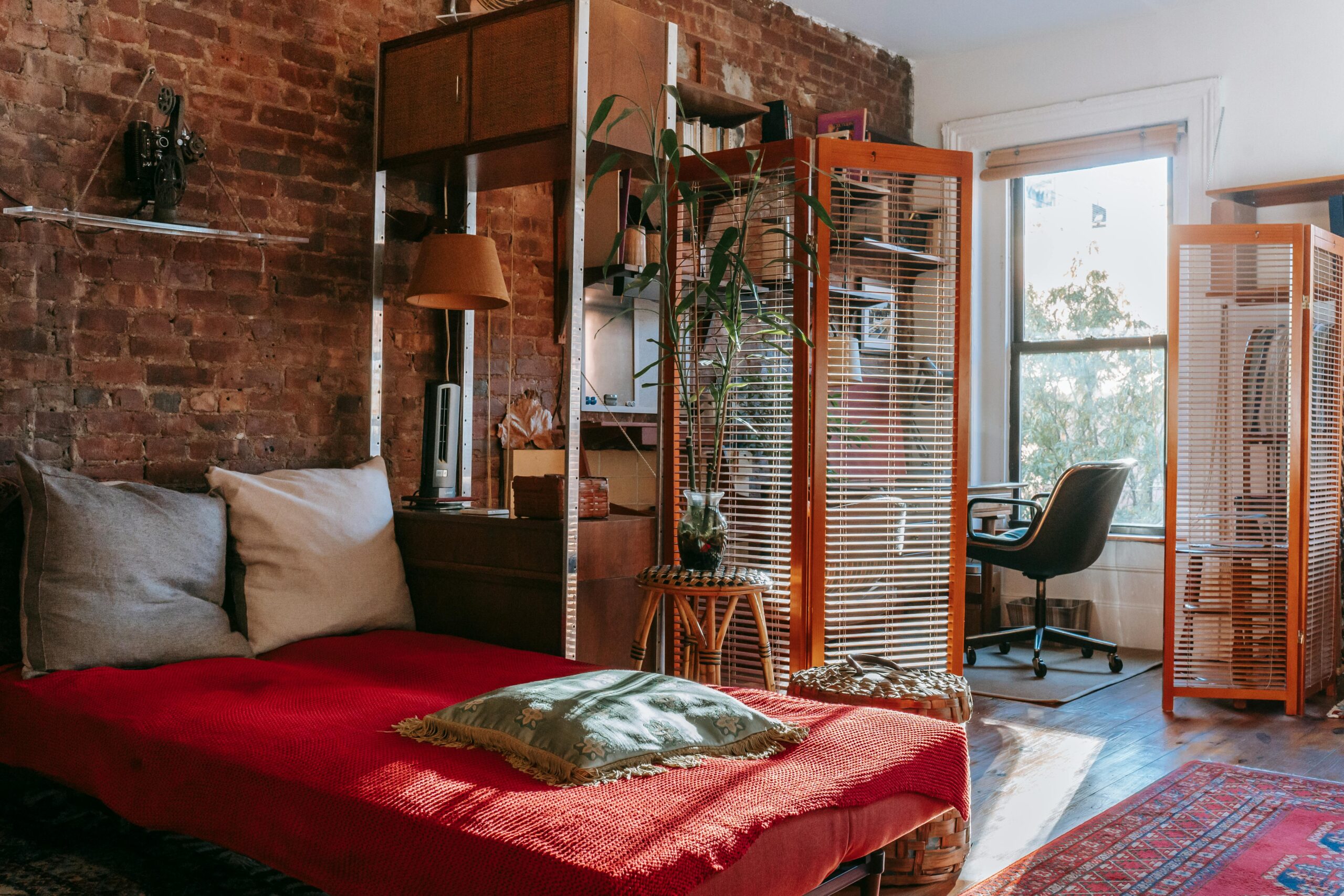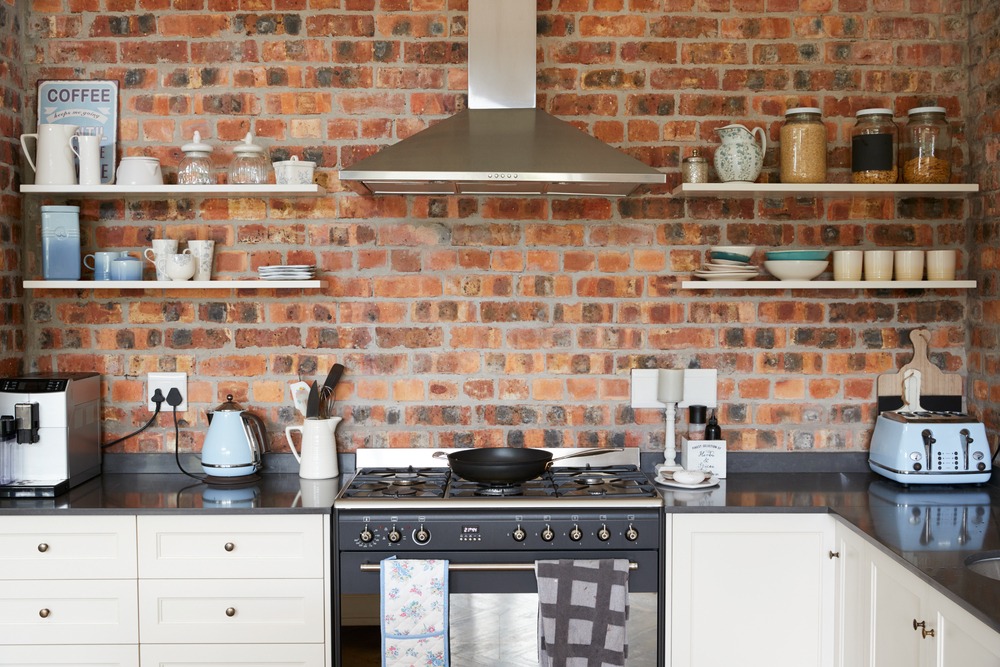If you’re looking to spruce up your home in terms of décor, a great way to do this is by incorporating raw materials where possible. This will add dimension and depth to your home, not to mention texture and ubiquity that can’t be found in other people’s homes.
You don’t need to stick to smooth, plastered walls or patterned wallpaper for your interior design. There are so many ways you can use raw materials to your benefit, and here are a few of them.
Wood
Wood is a fantastic raw material that can used across many interior design applications. The most obvious choice is on the floor, and we’re not just talking about laminate flooring. Most houses, especially older ones, will have original floorboards buried deep underneath the carpet. In a lot of cases, the floorboards will be in great condition and can be restored with the help of some varnish.
If your floorboards aren’t in great condition, consider replacing what you need to and leaving them raw. Floorboards go with any décor and can really make a room feel light, bright and airy. There’s no house natural floorboards won’t look good in.
If you prefer something softer on your floors, consider adding wood to the walls. You have a fully paneled wall, or you can add paneled sections. This a popular choice at present, but it isn’t new. Panels have been long featured in homes, but they lost their appeal. Recently they’ve come back into fashion, and they look great. You can paint over them and easily follow a wall panel DIY tutorial, making them an affordable style choice.
Concrete
Concrete buildings were big in the 60’s, but architectural design has come on leaps and bounds since then. It’s no longer a material reserved for commercial properties; it can look great in your home when used in the correct way. Think of flooring in your kitchen or bathroom (provided the ceiling is enforced enough to withstand the weight). You can even have concrete slabs added to the wall.
It’s a great, hardwearing material that will last an age, so if your home is a busy one that sees a lot of foot traffic, concrete could be the way to go.
You can now buy concrete furniture, too. It’s a more subtle way of adding texture into your home, but looks equally as striking. Consider concrete top dining tables or coffee tables as a way to dip your toe in the water.
Metal
Speaking of subtle ways to add raw materials to your home, metal is a great choice. Metal furniture is a fashionable alternative to wood, especially with ferrous metal examples (wrought iron, stainless steel, carbon steel etc.) If you’re not quite that brave, stick to non-ferrous metals like brass and bronze which are becoming increasingly popular. They can be seen in things like light fixtures, on table legs, in lamps and even wall art.
Brick
For those who are undertaking major renovations or who aren’t shy to knock off the plaster on existing walls, exposed brick is a great way to add texture to your home. Whether it’s in your kitchen, your bathroom or your living room, exposed brick draws the eye for a fantastic feature wall. It’s durable and goes with almost everything, making it a great choice for those seeking a rustic, cozy atmosphere.
The risk of exposed brick is that it may uncover some issues with the structural integrity of your home, so make sure that if you do choose to go for exposed brick, you are prepared for any problems it may throw up.
Summary
Will you be trying any of these raw material design tips? If you already have raw materials in your home, how did you incorporate them?


